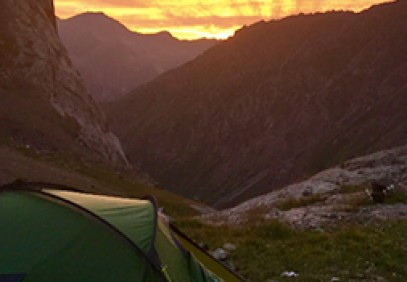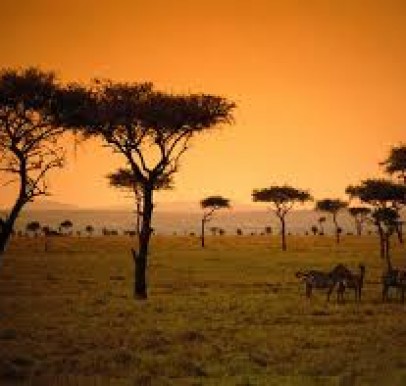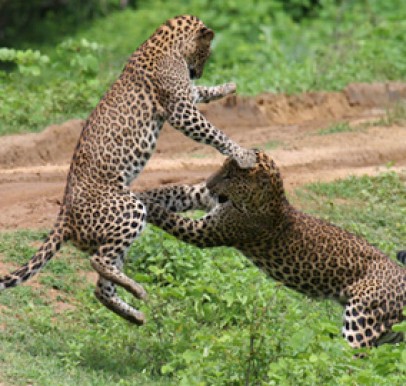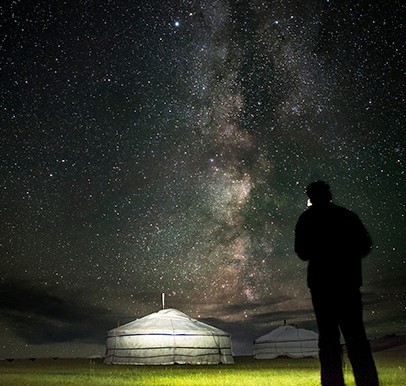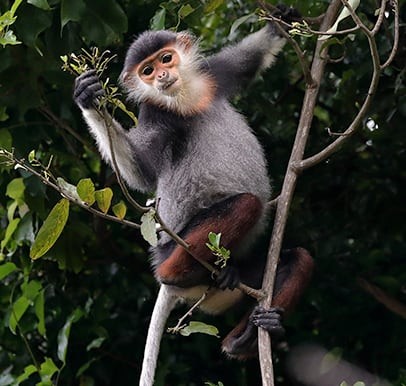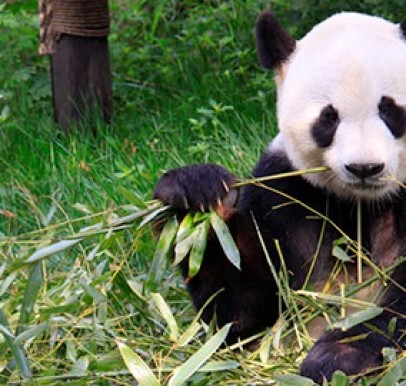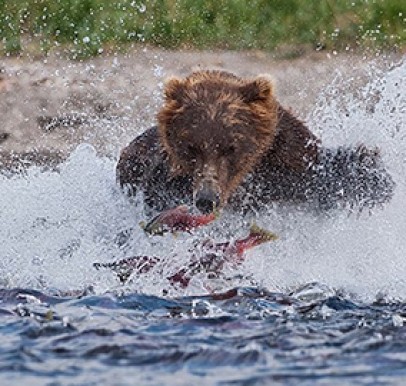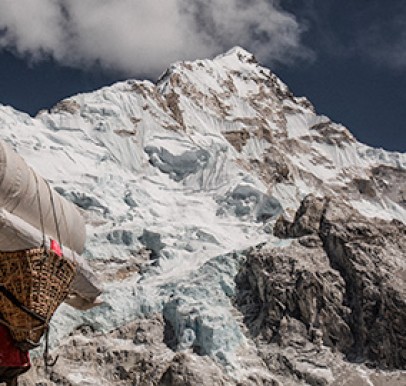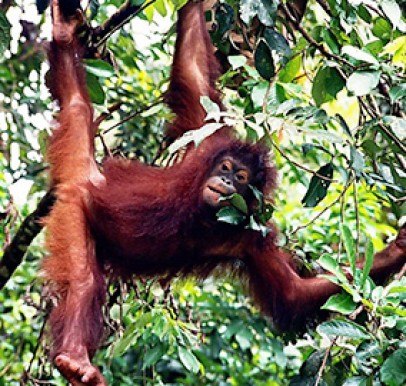available in Kyrgyzstan
offering Safaris
Reserves and Wildlife
Areas
Overview
Along the ancient Great Silk Road, Kyrgyzstan boasts incredible natural beauty; dramatic mountains, thermal springs, summer pastures, rich flora and fauna as well as fascinating nomadic traditions and yurt-dwelling shepherds. It is also one of the most welcoming and accessible former Soviet Central Asia republics.
The land of celestial mountains, Kyrgyzstan’s most spectacular peaks are its Tian Shan and Pamir mountain ranges, which make up 90% of the country’s pristine landscape. With 29 peaks over 4,000m high and more than 50 national parks and forests preserving its flora and fauna, explore on foot, bicycle or horseback. Wildlife found in the mountains includes wolves, foxes, ermines, mountain goats, Manchurian roe, roe deer, mountain sheep and many birds of pray, especially falcons and huge eagles which are tamed for hunting. Snow leopards also inhabit the high Tian Shan Mountains although you have to be extremely lucky to spot these.
Nestled in the Tien Shan mountain range are more than 2,000 high altitude lakes. At Lake Son-Kul yurt camps along the shores offer a unique glimpse into the mountain traditions of Kyrgyz nomadic culture while the resorts and guest houses surrounding Lake Issyk-Kul offer visitors a beach experience. Lake Ala Kol is one of the most stunning lakes in the country, surrounded by massive peaks and breathtaking views. Often the highlight of a visit to Kyrgyzstan, it’s a two-day trek here up the Karakol Valley and onto the lake.
The Kyrgyz have preserved their rich and diverse cultural heritage for centuries. It’s fascinating to learn about their folklore, traditions and handicrafts. Horses have been an integral part of their way of life for thousands of years. Although common, they are one of the most impressive aspects of Kyrgyzstan’s wildlife and it’s one of the few and ever-diminishing places in the world where you can see huge natural herds of horses roaming free in the valleys and pastures of the beautiful mountains where they are let out to pasture all summer long. Walking and riding amongst them is an absolute delight.
Travel Seasons
- May – Jun – Spring with flowers in bloom and lower tourist numbers. Higher mountain areas may still be snowbound.
- Jul – Sep – Summer with many festivals and the ideal time for treks. Accommodation is busy and cities are very hot.
- Dec – Mar – Winter, the time for skiing and winter sports. Trekking areas are inaccessible and rural accommodation is closed.
General Information
- Currency – Som
- Language – Krygyz, Russian
- Size – 200,000 km²
- Population – 6.083 million (2016)
Health & Safety
- Travel insurance is essential for all international travel. Click below to find out more:

- The CDC recommends the following vaccinations for Kyrgyzstan: hepatitis A, typhoid. Check with your doctor which other vaccinations you might need and make sure your routine vaccinations are all up-to-date.
Tourist Information
Pros
- Unspoilt mountainscapes and natural beauty
- Laid-back hospitality and rich cultural heritage
- Historical sights along the Great Silk Road
- Wide range of activities
- Visa-free for many countries
Cons
- Accommodation and walking routes can be busy during the summer
Arriving in Kyrgyzstan
- The main arrival points for visitors are Bishkek and Osh international airports. Manas International Airport in Bishkek is the main hub with relatively inexpensive international connections. Tamchy’s international airport has a summer service only.
Getting Around
- There are domestic flights between Bishkek and Osh and other cities. Some domestic routes only operate during the summer months.
- Long distance cycling is popular, but you need to be self-sufficient as repair outlets familiar with upmarket cycles are limited outside Bishkek.
Visas
- Kyrgyzstan is visa-free for citizens from more than 40 countries, check here Kyrgyzstan visas
Login to your account
Register as a traveller if you are looking for deals
Register as a travel partner if you offer amazing safaris




